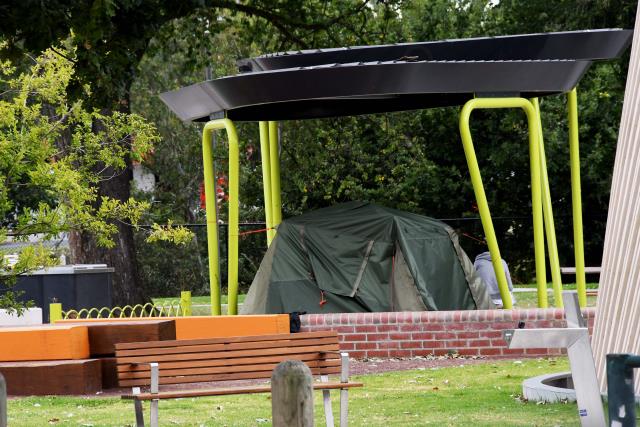by Cam Lucadou-Wells
Affordable housing quotas should be made mandatory in large multi-housing developments, Greater Dandenong Council has told a rental crisis inquiry on 22 August.
Greater Dandenong has state-topping levels of homelessness, with dwindling supplies of social and affordable housing.
The council is proposing a 10 per cent mandatory minimum of social and affordable housing properties on new 10-or-more-dwelling developments.
Smaller developments should make a financial contribution towards social and affordable housing, it submitted to the State Parliament inquiry into the rental and housing affordability crisis.
Currently, providing “genuinely” affordable housing was voluntary for developers, Greater Dandenong strategic planning manager Brett Jackson told the inquiry.
In its negotiations with developers, the council “hasn’t been successful in getting one” affordable dwelling, Mr Jackson said.
“It’s hard to get that goodwill for that to happen.”
There was also a problem in attracting apartment developments in Dandenong, he said.
Greater Dandenong community advocacy coordinator Peter Johnstone told the inquiry a private developer with a “good heart” had wanted to provide rentals for low to moderate income tenants.
But the planning scheme wasn’t set up to accommodate his intent, he said.
The council also submitted for streamlined approvals of second dwellings on established properties.
“It would increase the availability of stock quite quickly,” Mr Jackson said.
A clear and binding definition of affordable and social housing was also required, it submitted.
In its written submission, the council described high levels of renting with recent settlers and disabled persons suffering “particularly acute” housing stress.
Rental properties affordable to Centrelink recipients in the council area had dwindled from 83 per cent in 2001 to just 9 per cent in 2022.
In the past six years, social housing in Greater Dandenong had reduced by 149 properties.
Mr Johnstone told the inquiry that as of the 2016 Census, Greater Dandenong had a shortfall of 1380 social housing dwellings.
This was projected to top 2000 by the year 2041.
“In a community of socio-economic disadvantage and high dependency upon rental accommodation, growth in rental and housing purchase costs has surpassed average increases in income,” the council submitted.
“Whatever affordable housing is available is often taken by people on higher incomes, with the result that even the dwindling supply of low-cost housing is not all available to those on low or moderate incomes.”
There was also a decline in safe accommodation for women escaping domestic violence, the council submitted.
According to the 2021 Census, 2,366 people were homeless in Greater Dandenong. This was the highest in the state – and a 56 per cent rise in the past decade.
Seventy-seven per cent of homeless residents were sheltering in “severely overcrowded” dwellings or boarding houses.
Meanwhile, the council had issued about 80 letters requesting owners to demolish homes left vacant to deter squatters, the inquiry heard.







